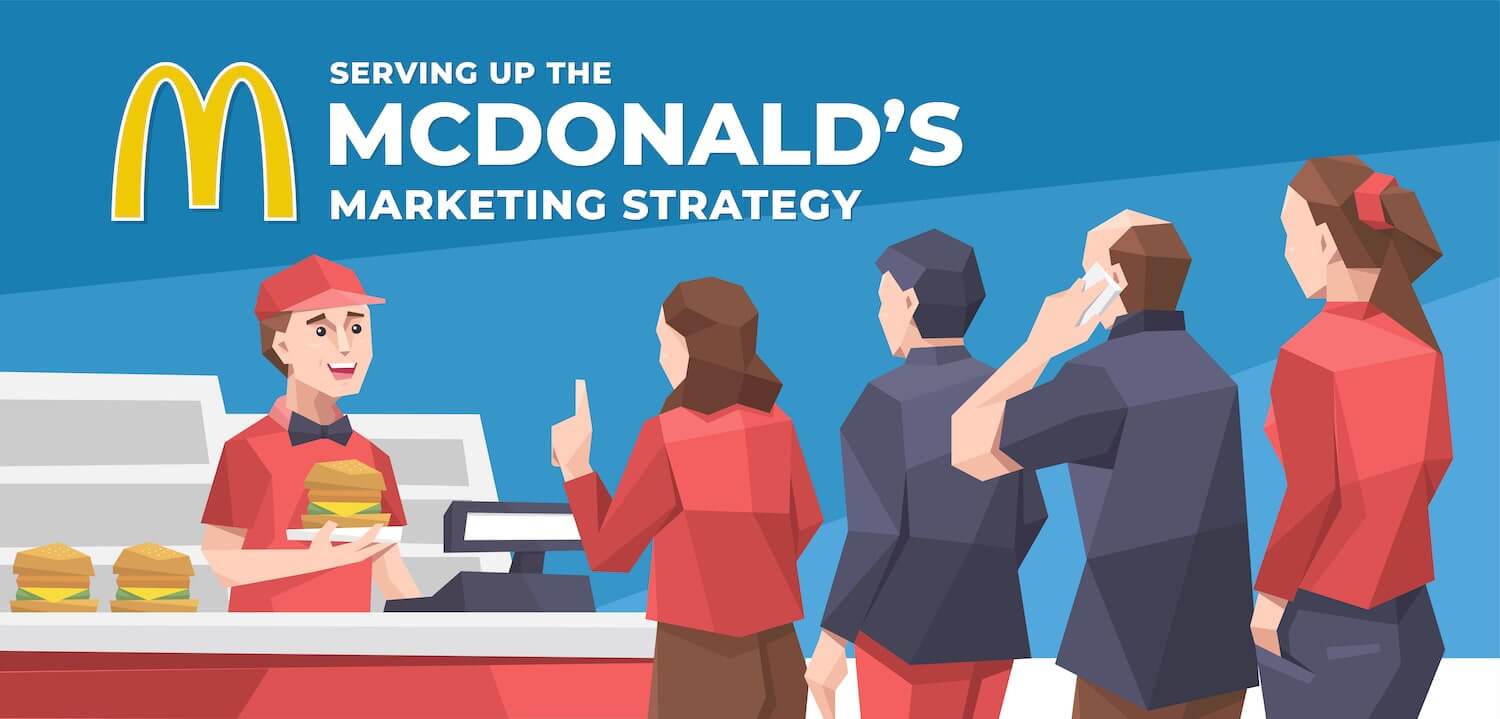At lunch with a colleague recently, he recounted a story of his interviews with a Fortune 1000 company for a senior role. As he got deeper into the interviews two things became clear. First, the company wanted a game-changer – someone who would rock their world and leave competitors eating their dust. Second, there was one caveat: he couldn’t make any material changes. When he asked how he could be expected to turn everything on its head when most everything was off-limits, this was the reply: that’s why this job needs someone special.
When he finished his story I said, Welcome to the multiplier effect: the expectation that big improvements in results require only small changes in behavior.
If you’ve studied macroeconomics you know the multiplier effect – the underpinnings of monetary policy and the fiscal TARP program. An economist likely defined it in Wikipedia – yikes! – explaining why most of us only took one marco course in college, and why journalists prefer to substitute the more understandable term, ripple effect. Here’s a definition for the rest of us.
The multiplier effect is what’s at work when the government prints – or spends – $X that increases the money supply – or GDP – by more than $X. Or, how a little begets a lot.
The multiplier effect just isn’t for macroeconomists, though. Archimedes discovered a similar effect using of levers and pulleys. Engineers know this as mechanical advantage in which the output force is larger than the input force – the greater the output advantage, the greater the multiplier.
The multiplier effect also seems to apply to patients who, counseled by their physician to lose weight, exercise and change diet, ask: is there a pill I can take instead?
Bernie Madoff understood it, too. He knew that investors were wise to Ponzi schemes, but bet that if he made the ROI mulitplier large enough – just not so large as to be ridiculous, though – that they would suspend common sense, and he’d have a good thing going. And for a time he surely did.
Recently I blogged about how half of the sta
rt-up CMOs I had met with shared a similiar story: their CEOs and Boards expected that, because social media is essentially free, that they could attain huge marketing results with the same spend, and pretty darn good results spending less money. Guess how this story is likely to end.
It is with this last example that I want to link back to my friend’s story.
The multiplier effect is alive and well in business practice. It underlies the principle of price elasticity and many marketing practices, e.g. when $X in promotional spend yields far more than its equivalent in margin and revenue (most promotional spend wouldn’t make much sense if that were not the case). What I’ve observed increasingly over the past few years, though, is the belief that new technologies are creating ever higher multipliers on steroids. I’m not talking 10X or 20X … but 100X, 1000X or more.
In the past decade CRM systems, predictive analytics, social media and new online services have changed the economics of marketing and sales, making them more productive. I’ve seen cross-organizational marketing spend achieve gains of 40% – 60% and some new practices yield 3X and 10X improvements in output. I’ve also seen exceptional one-off examples – all involving social media – that have topped these figures. I just haven’t seen the results repeated, and certainly not sustained.
I’m all for continually raising the bar and up-levelling standards. But planning on a world in which small inputs are expected to achieve extraordinary results is, at best, bound to disappoint














Leave a Reply